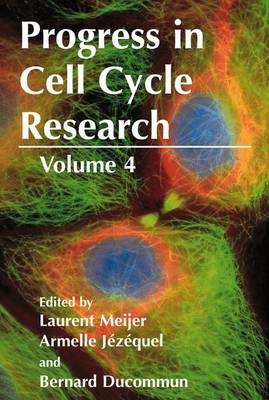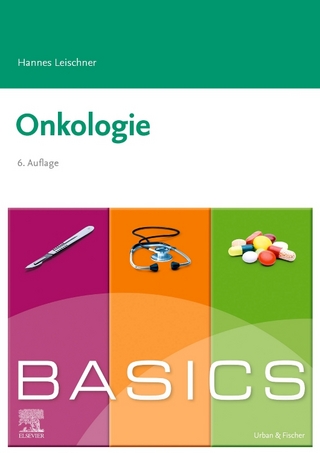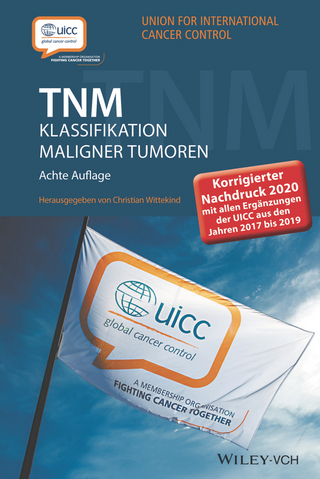
Progress in Cell Cycle Research
Kluwer Academic / Plenum Publishers (Verlag)
978-0-306-46305-1 (ISBN)
This series is dedicated to serve as a collection of reviews on various aspects of the cell division cycle, with special emphasis in less studied aspects. This fourth volume starts with a review of RAS pathways and how they impinge on the cell cycle (chapter 1). In chapter 2, an overview is presented of the links between cell anchorage - cytoskeleton and cell cycle progression. A model of the G1 control in mammalian cells is provided in chapter 3. The role of histone acetylation and cell cycle control is described in chapter 4. Then follow a few reviews dedicated to specific cell cycle regulators: the 14-3-3 protein (chapter 5), the cdc7/Dbf4 protein kinase (chapter 6), the two products of the p16/CDKN2A locus and their link with Rb and p53 (chapter 7), the Pho85 cyclin-dependent kinases in yeast (chapter 9), the cdc25 phosphatase (chapter 10), RCC1 and ran (chapter 13). The intriguing phosphorylation-dependent prolyl-isomerization process and its function in cell cycle regulation are reviewed in chapter 8.
Our current knowledge of the molecular mechanisms of cell cycle regulation has greatly benefited from the use of oocyte maturation, a unique but diverse cellular process investigated in a large variety of models reviewed in chapter 11. The cross-talks between MAP kinase and cdc2/cyclin B in oocytes have been particularly well understood in Xenopus (chapter 12). More and more data show the interference of viral proteins with the mammalian cell cycle (see review in chapter 1 of Progress in Cell Cycle Research!). One such example, the HTLV-1 tax protein, is described in chapter 14. Our knowledge of the cell cycle is spreading to protozoan parasites, as nicely reviewed in chapter 15, and this may have great therapeutic consequences. Quite fascinatingly, the cell cycle is regulated by the circadian rhythm, from unicellular organisms (chapter 16) to man (chapter 17). The use of cell-cycle-specific treatments in cancer therapy may greatly benefit from understanding and use of the links between the cycle and the rhythm. Major advances have been recently made in the identification of the molecular actors regulating the circadian rhythm.
We anticipate that some cell cycle and circadian rhy regulators will soon be found to be connected. The treatment of cancer (and other cell-cycle-related diseases) will also obviously benefit from a better understanding of the connections between cell cycle and apoptosis (chapter 18). As more and more `cell cycle drugs' are being discovered, their use as anticancer drugs is being extensively investigated; they are reviewed in chapter 19. The discovery of cell cycle regulators in the brain of Alzheimer's disease patients leaves us with the idea that cell cycle studies, initially supported by the antitumour purpose, may have applications in quite unexpected fields.
Preface. Relationship between RAS pathways and cell cycle control; M.E. Ewen. Cell-Anchorage, cell cytoskeleton, and Rho-GTPase family in regulation of cell cycle progression; I. Tatsuno, et al. The Continuum model and G1-control of the mammalian cell cycle; S. Cooper. Histone acetylation and the control of the cell cycle; L. Magnaghi-Jaulin, et al. 14-3-3. proteins and growth control; V. Baldin. A Cdc7p-Dbf4 protein kinase activity is conserved from yeast to humans; L.H. Johnston, et al. Alternative product of the p16/CKDN2A locus connects the Rb and p53 tumor suppressors; M.C. James, G. Peters. Phosphorylation-dependent prolyl isomerization: a novel cell cycle regulatory mechanism; K.P. Lu. Functions of Pho85 cyclin-dependent kinases in budding yeast; J. Moffat, et al. Cell cycle regulation by the Cdc 25 phosphatase family; I. Nilsson, I. Hoffmann. Molecular mechanisms of the initiation of oocyte maturation: general and species-specific aspects; M. Yamashita, et al. The activation of MAP kinase and p34 cdc2/cyclin B during the meiotic maturation of Xenopus oocytes; A. Palmer, A.R. Nebreda. Premature chromatin condensation caused by loss of RCC1; H. Nishijima, et al. HTLV-I tax and cell cycle progression; C. Neuveut, K.-T. Jeang. The cell cycle in protozoan parasites; C. Doerig, et al. Circadian control of cell division in unicellular organisms; M. Tetsuya, C.H. Johnson. Circadian variation of cell proliferation and cell cycle protein expression in man: clinical implicatikons; G. Bjarnason, R. Jordan. Molecular switches that govern the balance between proliferation and apoptosis; B. Schutte, F.C.S. Ramaekers. Molecular events that regulate cell proliferation: an approach for the development of new anticancer drugs; E. Damiens. Abortive oncogeny and cell cycle-mediated events in Alzheimer disease; A.K. Raina, et al. Contributors. Index.
| Reihe/Serie | Progress in Cell Cycle Research ; v. 4 |
|---|---|
| Zusatzinfo | Illustrations |
| Verlagsort | Dordrecht |
| Sprache | englisch |
| Maße | 156 x 234 mm |
| Gewicht | 544 g |
| Einbandart | gebunden |
| Themenwelt | Medizin / Pharmazie ► Medizinische Fachgebiete ► Onkologie |
| Naturwissenschaften ► Biologie ► Biochemie | |
| Naturwissenschaften ► Biologie ► Genetik / Molekularbiologie | |
| Naturwissenschaften ► Biologie ► Zellbiologie | |
| Naturwissenschaften ► Biologie ► Zoologie | |
| ISBN-10 | 0-306-46305-9 / 0306463059 |
| ISBN-13 | 978-0-306-46305-1 / 9780306463051 |
| Zustand | Neuware |
| Haben Sie eine Frage zum Produkt? |
aus dem Bereich


